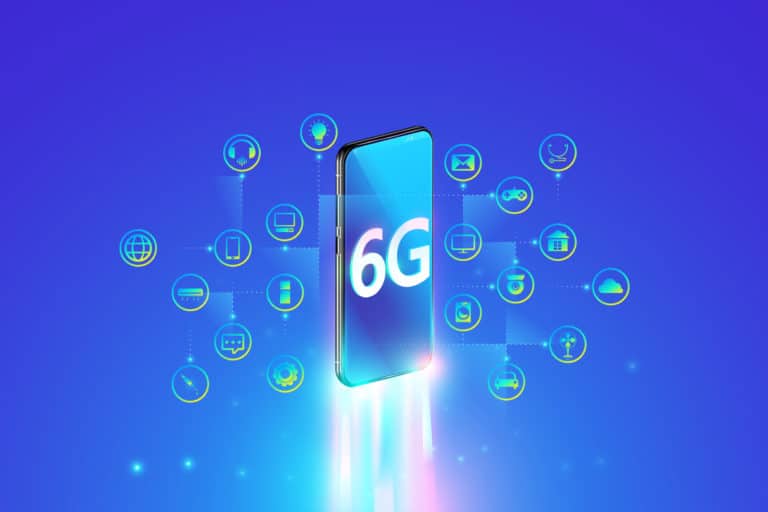Nvidia aims to boost research on the latest mobile 6G standard with a cloud-based AI platform. The open, flexible, and multi-platform-connected Nvidia 6G Research Cloud platform should help researchers use AI for Radio Access Network (RAN) technology.
With the now-launched Nvidia 6G Research Cloud platform, Nvidia aims to stimulate and potentially accelerate research on 6G by telecom companies and organizations. This mobile standard, the successor to the current 5G, should connect billions of devices to cloud infrastructures in the (near) future. This mobile technology is the gateway to implementing autonomous vehicles, smart work environments, more AR and VR experiences and robotic support.
Read more: ‘6G needs to provide more bandwidth for increasing demand’
Tools for 6G research
According to the company, AI forms the basis for 6G research. A software-based complete RAN reference stack and the latest technology in digital twins complement the foundation.
The Nvidia 6G Research Cloud platform, therefore, offers three tools to enable this integration. The first, Nvidia Aerial Omniverse Digital Twin for 6G, provides a so-called reference application and development example for exact simulations of complete 6G systems, ranging from a single transmission tower to a network based on a large city.
With the Omniverse Aerial Digital Twin, 6G researchers can simulate locations and build and test the necessary algorithms for base stations for this purpose. This is based on (real) information about the locations of the base stations. This, in turn, allows them to train AI models to improve transmission efficiency.
Integration with PyTorch and TensorFlow
The second tool within the platform, Nvidia Aerial CUDA-Accelerated RAN, is a complete software-based RAN stack that should give specialists enough flexibility to customize, program, and test 6G networks in real-time.
Furthermore, the Nvidia Sionna Neural Radio Framework integrates platform users with frameworks such as PyTorch and TensorFlow. This allows them to easily use Nvidia GPUs to generate and capture data and train AI and ML models at scale.
In addition, the Nvidia Sionna 6G research tool helps researchers run AI- and ML-based simulations for wireless networks.
Used by Nokia and Samsung
Several telecom and ecosystem specialists have announced their intention to work with the Nvidia 6G Research Cloud platform. These include Ancus, Arm, ETH Zurich, Fujitsu, Keysight, Nokia, Northeastern University, Rohde & Schwarz, Samsung, SoftBank and Viavi.
Interested 6G researchers can also use the platform. They can sign up for it through the Nvidia 6G Developer Program
Also read: Nvidia solidifies AI lead at GTC 2024 with Blackwell GPUs
